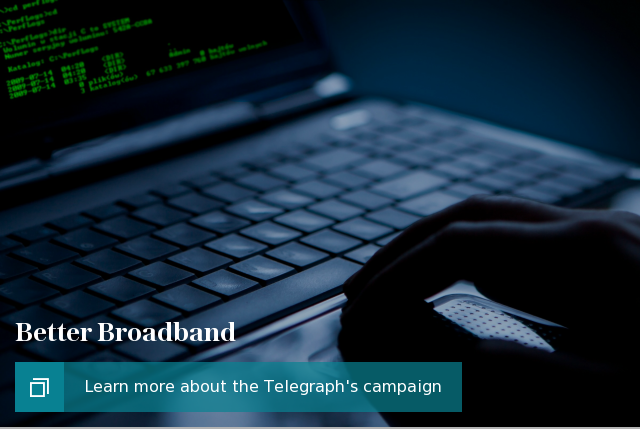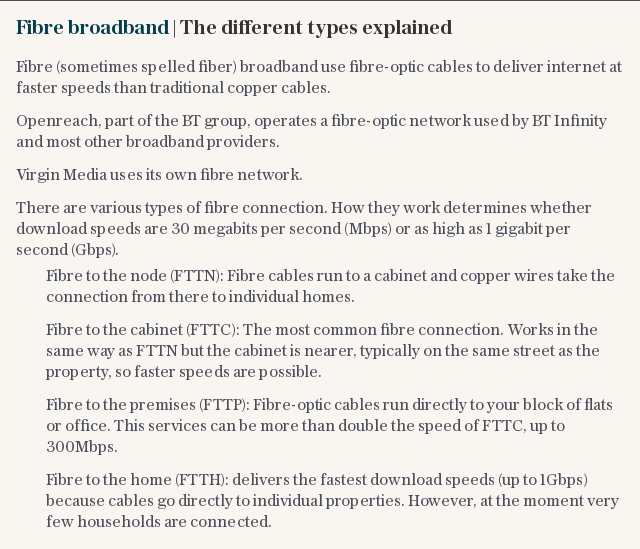Eight-hour wait for 45 minutes of TV on the UK's slowest broadband street

Britain's worst broadband street has been revealed as experts say its slow internet would mean it could take eight hours to download a 45-minute TV programme.
The UK's worst street has been named as Thorpe Lane in Trimley St Martin, Suffolk, where the internet is 260 times slower than in the fastest street, Benford Avenue, Motherwell in North Lanarkshire.
Comparison site uSwitch.com found that downloading a two-hour HD film on Netflix on the street would take 21 hours, while a 45-minute HD TV show would take nearly eight hours, at glacial speeds of 0.68Mbps.
By contrast in the fastest street, average speeds peaked at 177.01Mbps over the past year, meaning the two-hour film would take less than five minutes to download and the TV programme just 109 seconds.
The data is based on analysis of more than a million real-world situations where users were using their internet to watch movies or TV.
The Telegraph has been campaigning for better access to broadband in rural areas by highlighting the problems caused to families and businesses by slow internet speeds.
The uSwitch research also shows that one in five broadband users have speeds of less than 10Mbps – while nearly one in ten can access internet at speeds of less than 5Mbps.
Regulator Ofcom has previously said that 10Mbps is the minimum needed to meet the needs of a typical household.
The research found that rural areas are particularly badly affected by slow broadband speeds, with two of the five worst-affected roads found in Suffolk.

Four of the top 20 fastest streets were in London, with another two located in Glasgow and one in Greater Manchester.
However, some of the fastest places are very close to streets with slow internet speeds. Red Willow in Harlow, Essex, is less than 40 minutes from Noak Hill Road in Billericay, but has broadband speeds that are 143 times faster.
On more than two thirds of the UK’s 30 slowest streets, fibre broadband is available, suggesting that the providers themselves could be the issue.
The number of people who can access faster broadband is growing, with 36 per cent of people using average speeds of 30Mbps or more, an increase from 22 per cent two years ago.
The Government has pledged to give 95 per cent of households access to superfast fibre broadband at 24Mbps or faster by the end of the year.
In September it said it was on track to meet this goal and was due to spend another £645m on reaching "the most remote and hard to reach places in the UK".
Ewan Taylor-Gibson, broadband expert at uSwitch.com, said: “Whilst Ofcom has proposed having providers give more information on what speeds consumers should expect, unless this information is presented transparently, in a way that enables broadband users to compare the available options side-by-side, these changes won’t be truly effective.

“What consumers want to know is what they are getting now and how that compares to services they could access. Only then will consumers be fully empowered to make an informed decision about which service is right for their needs.
"Consumers that are not happy with their service and do not feel it delivers should let their provider know right away.
"Reasons for such sluggish broadband speeds can vary and can include a user’s distance from the nearest exchange or difficulties with the property itself – thickness of walls, for example, can affect wireless connections."

 Yahoo Finance
Yahoo Finance 